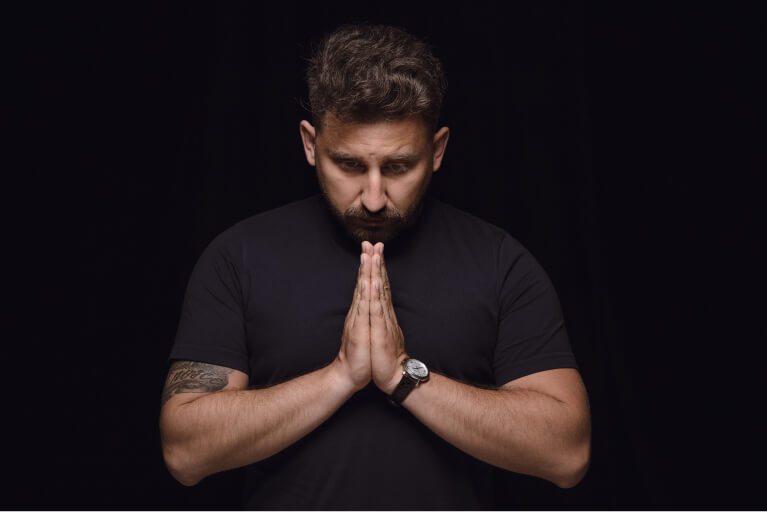The Nature of Prayer
At its core, prayer is a form of communication with a higher power, the universe, or the divine. It is a way to express gratitude, seek guidance, request help, or simply connect with something greater than oneself. For many, prayer is a source of comfort and strength, providing solace in times of trouble and a sense of hope when facing challenges. It is a deeply personal practice, but its effects are not confined to the individual. The act of prayer can bring about a change in mindset, foster a sense of community, and even inspire action.
Historical and Modern Examples
History is replete with examples of collective prayer leading to significant change. During times of war, for instance, entire nations have been called to prayer, seeking divine intervention for peace or victory. One such instance occurred during World War II when King George VI of the United Kingdom called for a National Day of Prayer in May 1940, as British forces were trapped at Dunkirk. The result was what many saw as a miracle—the successful evacuation of over 330,000 troops, an event that is still remembered as a turning point in the war.
